by Judy Kautz, OSU Extension Master GardenerHave you see all the butterflies in our landscapes recently? Butterflies in the local area seem to be extremely plentiful this year, and we are rewarded with the beauty and variety of these visitors to our gardens. Among the most beautiful of all insects, their striking appearance adds color and activity to our landscape. Not only are they wonderful to view, but they are very instrumental in pollinating plants, and vital to their reproductive process. So how do we attract butterflies to our gardens? One of the best ways to bring butterflies to your yard is to grow nectar plants, which are a primary food source for adults. You should plant nectar plants in large groups, and according to color, because butterflies recognize blooms more quickly this way. Also, choose perennials that bloom over several seasons, so a food source is available for a longer period of time. Finally, provide plants that have different heights, which gives the butterflies a wider visual picture of the blossoms. So what flowers should you plant to provide vital nectar to the butterflies? Begin with daffodils and lilies, both early blooming bulb plants. The lovely spring azaleas, yellow blooms of coreopsis and the orange butterfly weed all provide both color and nectar. Using native plants like our Oklahoma state flower, the gallardia or blanket flower, the common primrose, and several varieties of milkweed not only delight the butterflies, but they help to preserve the heritage and continuation of our natives in the landscape. Other favorites include hollyhock, with its tall showy blooms, and cleome, or spider flower, also tall and showy. All of these plants are available at your local nursery or garden center at various times of the year. The black swallowtail is the state butterfly for Oklahoma and loves thistle. Butterflies also need plants on which to lay their eggs, and which will provide food for their larvae. Most larval-food plants are natives, but are usually unsuitable for a showy flower border, so it is better to choose a separate area of your yard for these plants. One favorite that grows in the shade as well as sun and produces pretty lavender flowers is false nettle. Also, herbs such as dill, fennel, parsley and chives provide excellent food for larvae and still produce enough foliage to use in your kitchen to create tasty dishes! The black swallowtail caterpillar or larva feeds on fennel or dill, easily grown in the garden. If you don’t want to plant flowers in your yard, you can still attract butterflies to it by using containers of their favorite flowers. Here is a great combination to put in a pot for your patio: use Superbells, Calibrachoa, Tequila Sunrise, with Diamond Frost euphorbia, and add gaura and bright pink petunias for a beautiful and graceful display that butterflies can’t resist. Plant this combination in a 16-inch pot and place it in full sun. Another combination of plants includes guara with white phlox, and Cotton Candy Supertunia petunia. Add a Wine and Roses weigela, and you have a gorgeous assortment of plants to bring in the butterflies. This combination of plants should again be put in a 16-18 inch pot and placed in the sun. Try not to use insecticides or bugzappers in your yard when you are trying to attract butterflies, as these are very harmful to the population. As an alternative, try the pheromone traps which are now available. They will successfully remove the males of many unwanted pests from your yard without harming lovely creatures, the butterflies! To learn more about butterflies, especially the incredible monarch, visit the demonstration gardens at Myriad Gardens and discover what plants work to support the migration patterns of the Monarch butterfly. If you want to take a more active role in preserving the Monarchs, join the group Okies for Monarchs, www.okiesformonarchs.org. They sponsor activities and publish lots of information on how to make sure Monarch are around for future generations. Whatever you do, be sure to plant some butterfly-friendly plants in your landscape! The monarch is a much-loved butterfly in our state, and we are right in the migration path.
0 Comments
by Judy Kautz, OSU Extension Master GardenerHave you noticed the webs beginning to emerge in trees across our state? Fall webworms are starting to make their appearance, and they certainly cause our trees to look unsightly. But do webworms actually harm the trees or are they just a blight on the landscape? Webworms, or Hyphantria cunea, usually appear on trees in the fall, causing unsightly nests and severe leaf damage. The webworm caterpillar is about an inch long with a black to reddish head and light yellow to greenish body with a mottled stripe of two rows of black and tufts of long whitish hairs. Adults appear as white moths with dark spots on the wings. Webworm adults are white moths with black spots on their wings. Webworms are a common occurrence across Oklahoma, but some years they are more noticeable than others. There may be several generations per season and their preferred species are pecan and persimmon trees. However, you may also find them on other trees including hickory, walnut, mulberry, redbud, American elm, cottonwood and even bald cypress. Webs from the webworm may look unattractive, but they usually do not impact a tree's health. Your tree may be totally defoliated by the caterpillars one year and have enough stored energy through photosynthesis to come back next season. Even then, the long-term impact on the tree is minimal. The webs themselves are created by a group of worms for protection as barriers from their own natural enemies, like arthropod predators, parasites and birds. Soon the worms will begin to fall from the webs and begin the next stage of their lives, pupating in the soil. Webworms group together encased in webs to protect themselves from natural predators. It’s a good idea to remove worms from younger trees, especially those less than two years old. Simply run your hand or a stick down the branch to remove the webs, or prune the branch out. Be sure to dispose of the worms and webs you remove from the trees. There are also a variety of readily available sprays to help with those webs you cannot reach. You need to use a sprayer with enough pressure to penetrate the webbing. This ensures the spray comes in contact with the caterpillars. Bacillus thuringiensis, commonly referred to as (Bt), is a good spray to use. It only targets the caterpillars and does not harm beneficial insects like honey bees or other pollinators. You may also use other more broad ranging insecticides but be sure to closely follow all label instructions. There are some who use a propane torch attached to a long pole to burn out the webs. Controlling fall webworms using a torch is extremely dangerous! Especially in our dry conditions, you may very well set the entire tree on fire and that could prove disastrous to your landscape or worse. Avoid this method entirely! Here is the safest and most effective method of eliminating webworms: Prune the tree in the spring and spray with dormant oil spray. Dormant oil has low toxicity and is readily available in any local garden supply store. It is particularly effective because it attacks and kills overwintering eggs. Do make sure to clean up any leaf debris to remove these overwintering pupation populations as well. Webworms are truly unsightly, but remember. Webs will eventually succumb to the elements. They only stay attached until wind and rain wash them away! Fall webworms are beginning to show up in Oklahoma landscapes. Do you have a gardening problem? You can easily obtain help from the Cleveland County Extension Office. Call (405) 321-4774 and ask to speak to a master gardener or simply come to the extension office. Bring your problem plant and you will certainly be helped with your issue!
by Judy Kautz, OSU Extension Master GardenerHave you had trouble keeping your plants alive throughout the summer growing season? Gardening in Oklahoma can be challenging in the summer months, for sure; bugs, heat, low rain, etc. all are factors that can severely affect your plants. Here are ten low maintenance plants you cannot kill! All of them are suited to our frost zone 7. Although the season is winding down now, plan ahead for next year! Marigolds are one of the hardiest flowers that you can plant in your garden, which is why they are seen at nearly every home in the country. In fact, they are well known by gardeners to be a drought tolerant plant that can handle a lot of heat. Marigolds are annual flowers, so when the first frost hits, their growing period ends. If you are looking for a plant to brighten your garden, the daylily is a great option that comes in a plethora of colors. These blooms will only last for a day, but they will continue to appear throughout the summer in our zone. These plants grow best in full sun, and they are able to tolerate drought conditions, which means that even if you forget to water these plants, they will continue to do well. One of the most low-maintenance plants that you can consider for your garden is cosmos. These hardy plants are so easy to grow that they can seed themselves and grow with very little care in the warmer areas of the country. They do best in full sun, but they will also grow in partial shade, which means they can be planted anywhere in your garden. Cosmos are hardy plants that reseed themselves and require very little care. Begonias are colorful flowers that grow well in Oklahoma, but remember they are sensitive to frost, so will not last past our first cold snap. This is a plant that loves the shade, so if you do not have a sunny garden, this plant will thrive here. It can also tolerate drought conditions and a lot of sun, so regardless of where you plant it, the begonias will grow. This is a great option for a garden that does not get a lot of sun. Hostas are very adaptable plants that grow in shade to part shade, and this is a plant that does not mind cooler temperatures. When the weather is below 40 degrees Fahrenheit, this plant will go dormant through the winter and reappear again in the spring. They tend to do well in partial sun, especially the golden varieties with foliage that turns yellow in direct sunlight. Goldenrod is a plant that is mostly known in its wildflower form, but it will also make a great addition to any garden because it will basically grow on its own. Their tiny yellow blooms add brightness to your garden, and they will attract butterflies and bees as well. These plants can handle full or partial sun, and they are drought-tolerant, deer-resistant plants that can easily grow to be eight feet in height. The tiny yellow blooms of goldenrod add brightness to your garden, and they will attract butterflies and bees as well. Are you looking for a bright pink, purple, or crimson flower to attract butterflies, bees, and birds to your garden? The coneflower grows up to five feet in height, which is perfect for adding depth to your garden. These plants grow well in Oklahoma; they prefer full sun, but they can grow in shady conditions as well. Their blooming period begins in early summer and continues until or through the first frost of the year. If you are looking for a lot of ground cover in your garden, yarrow is a plant that spreads quite rapidly. Growing up to four feet tall, yarrow can handle a lot of heat, and it is also drought-resistant, so if you forget to water it, it will still survive. Yarrow comes in yellow, white, pink, and red blooms, and will continue throughout the entire summer, especially if you deadhead the plant. Zinnias are very adaptable plants that can grow to be up to three feet in height. They prefer full sun, though they will grow in the shade as well. These are drought tolerant plants that will attract butterflies to your garden. The blooms from this plant last all summer, and they can be red, pink, orange, purple, yellow, and white in color. Zinnias are very adaptable plants that can grow to be up to three feet in height and come in a huge variety of colors! Finally, if you have a garden full of poor soil, then coreopsis is a great plant to consider. It can thrive in dry, hot, and humid conditions without a lot of care from you. This plant is often seen as a wildflower, but they can add some lovely orange, yellow, and red blooms to your garden environment. They will also attract bees, butterflies, and other pollinators to your garden.
There are several other plants that will thrive in Oklahoma during the summer, all available at local nurseries. Try some of these beauties for colorful plants that will last all summer! by Judy Kautz, OSU Extension Master GardenerAre your hibiscus blooming? They are beginning to show their glorious color in our neighborhoods? Everyone loves the large, flamboyant blooms of the hibiscus plant, which add bright color to any yard. There are two types of hibiscus that we enjoy in Oklahoma: tropical hibiscus and hardy hibiscus, and both grow well in Oklahoma as shrubs or potted plants in a sunny spot in your garden. Often referred to as rose mallow, the hardy hibiscus is unlike any other flower in the garden, offering blooms that are both delicate and huge. Flowers range from 3 - 4 inches across to a gigantic 12 inches in diameter. Hardy hibiscus plants are grown as woody shrubs and can grow up to five feet tall and three feet wide. They are hardy down to -30 degrees F, and prefer full sun and fertile, well-drained soil. The foliage of the plant is very attractive, with heart-shaped leaves. Most hibiscus shrubs tend to leaf out late in the spring, and they will hold their green colored leaves late into the fall. Hardy hibiscus come in a variety of colors, varying from red, white, lavender, purple, pink, and magenta. They leaf out very late in spring, so don't think they're dead and chop them down. Be patient, and in a few weeks you'll have attractive foliage (often finely cut, and sometimes copper colored) and soon a summer full of spectacular blooms. They begin blooming in mid-summer and will often continue to produce flowers until fall. Many hardy hibiscus blooms grow to the size of dinner plates! They definitely add stunning drama and color to any landscape. Hardy hibiscus blooms comes in many stunning colors. There are several plants that are beautiful companions to hardy hibiscus in your garden. Tickseed, or coreopsis, are slightly smaller than hibiscus and bloom in yellow shades which are very complimentary. Try a mixture of other easy-to-grow companion plants, such as Shasta daisies, daylilies, delphinium, allium, poppies, peonies and bearded iris. They all grow well in the same soil conditions, light and water requirements as the hardy hibiscus. For a great example of the combination of hibiscus and Shasta daisies, visit the Cleveland County Master Gardeners Demonstration Gardens, located west of the gravel parking lot at the Cleveland County Fairgrounds. These beauties are in Bed 2, Easy Perennials. The hardy hibiscus bloom is stunning when planted with Shasta daisies, and blooms can reach the size of dinner plates. Tropical hibiscus should be grown in a container or planter in our area, as they will not survive our cold winters. They will winter over in your garage or house, so long as they are protected from freezing temperatures. Their foliage resembles the hydrangea, with long graceful leaves; they also come in a variety of colors, ranging from white, red, yellow, pink, and orange. They, too, prefer full sun, but can tolerate some shade, as long as they get at least 6 hours of sun a day. Tropical hibiscus blooms are generally smaller than hardy hibiscus, and often come with double petals like “Apricot Brandy” pictured here. Maintenance of hibiscus is not complicated. Pruning plants is a common way to keep your plants compact, but it isn’t necessary. Do not fertilize your hardy hibiscus after June, as flower production may suffer from the excess nitrogen in the fertilizer; however, tropical hibiscus should be fertilized frequently, since their pots do not retain nutrients. For hardy hibiscus, winter mulching is not necessary, and they are not usually bothered by pests. However, tropical hibiscus are susceptible to a variety of insect pests including aphids, scale, mealybugs, thrips and mites, but most plants are resilient enough to withstand pests and continue to thrive and grow. Also, there are many products such as insecticidal soap available in your local garden center to treat these pests.
Hibiscus plants are a magnet for hummingbirds and butterflies, and provide a vital source of nectar for these creatures. Bees also love the hibiscus, and attracting bees to your yard will help to pollinate your other plants. Add hibiscus to your yard this year for a colorful and beneficial addition to your garden. |
Welcome to Dishing the Garden Dirt!
|
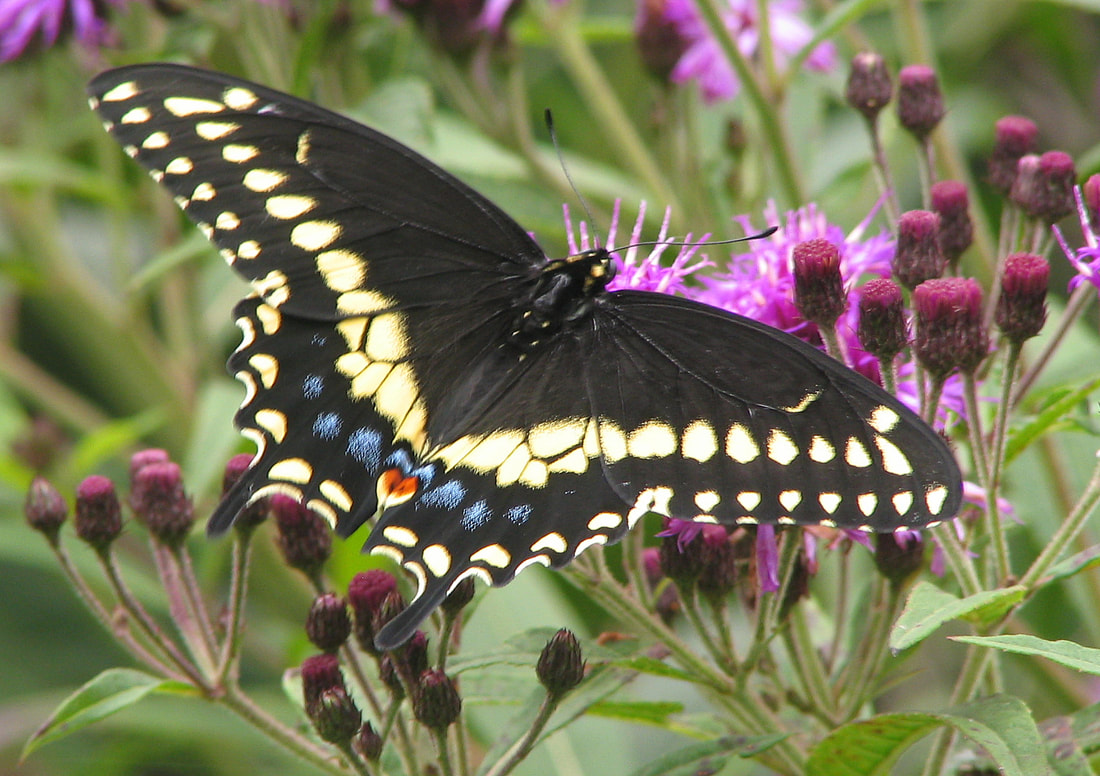
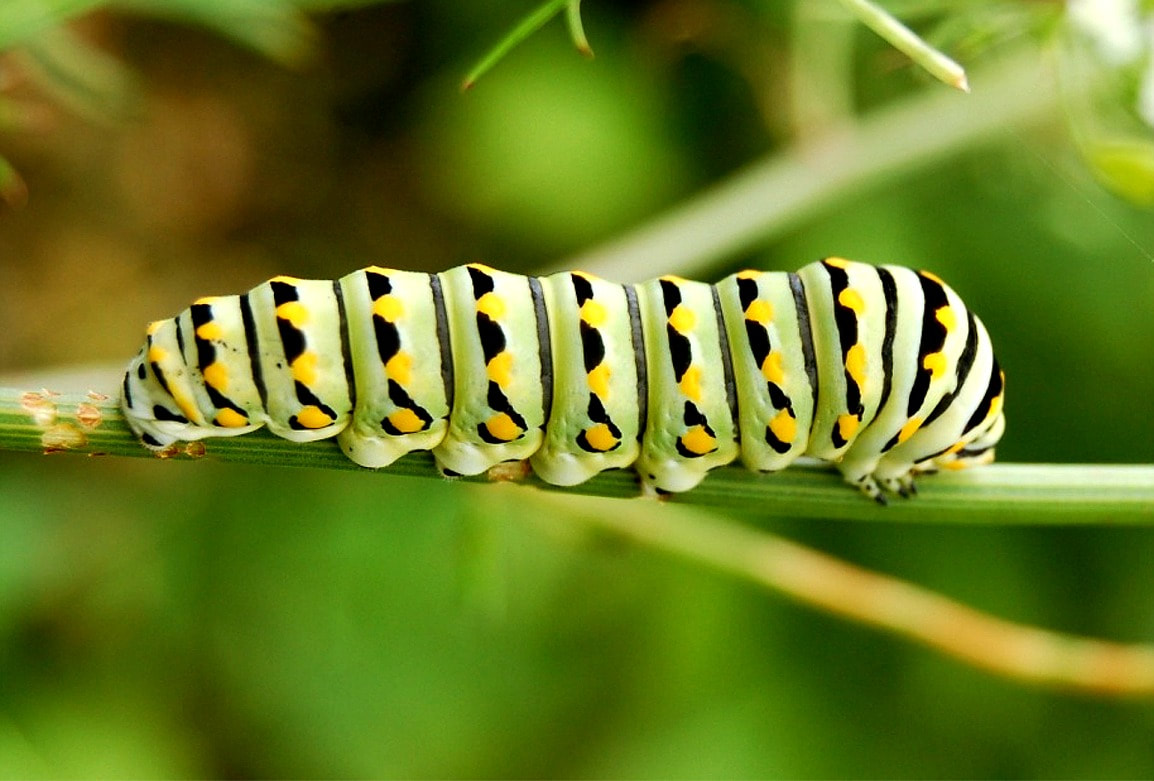
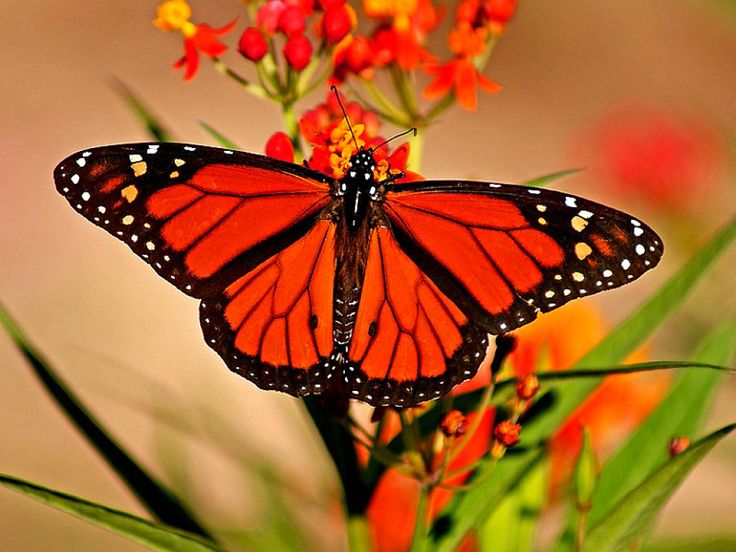
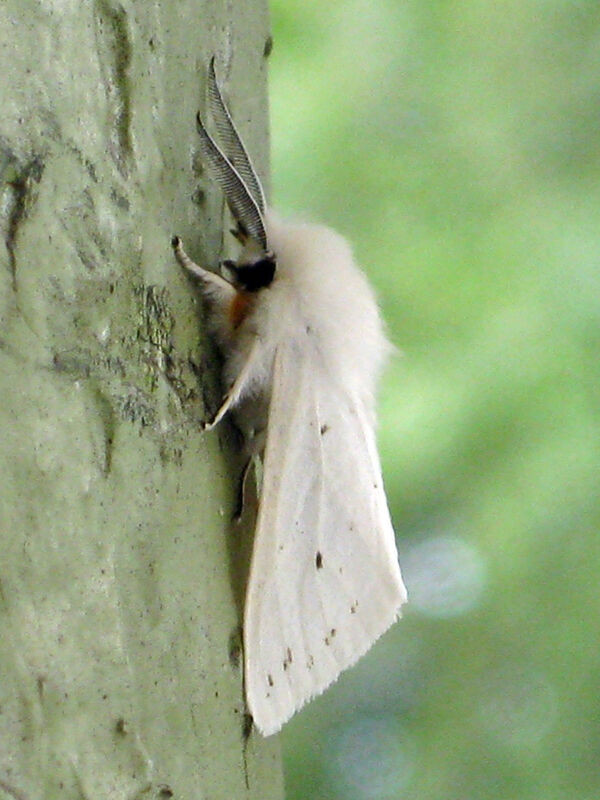
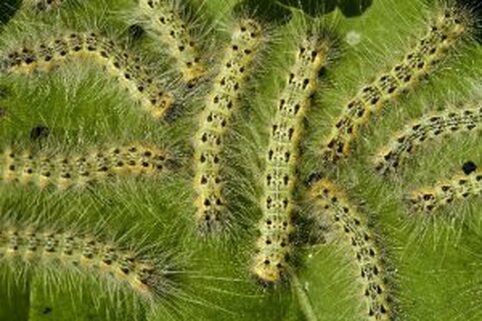
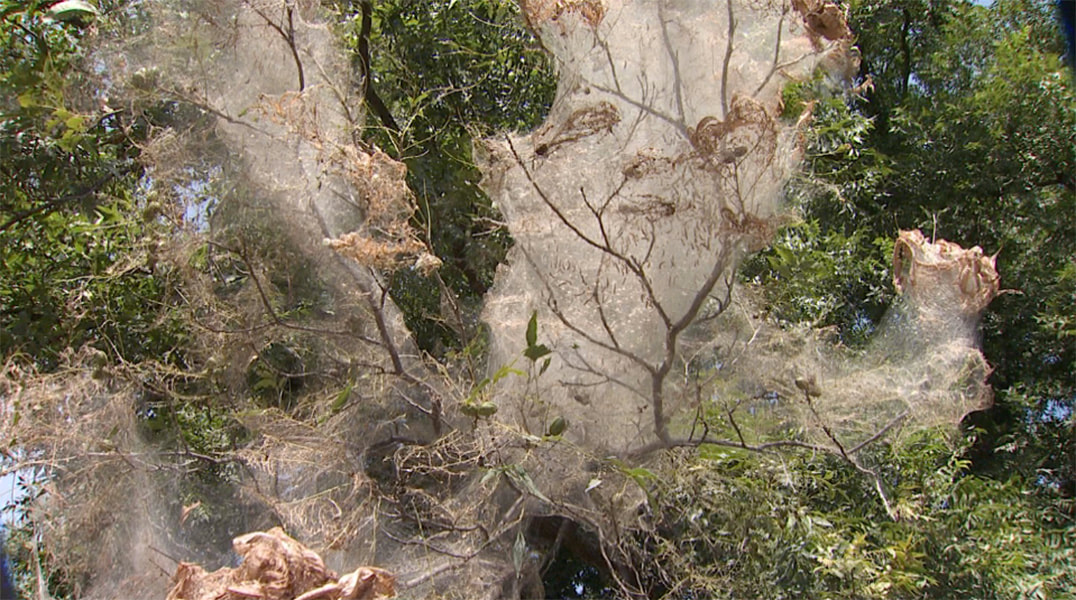
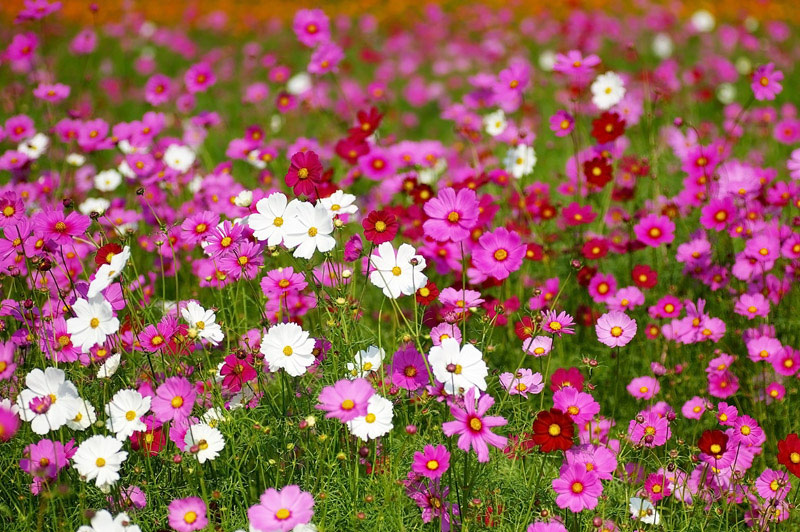
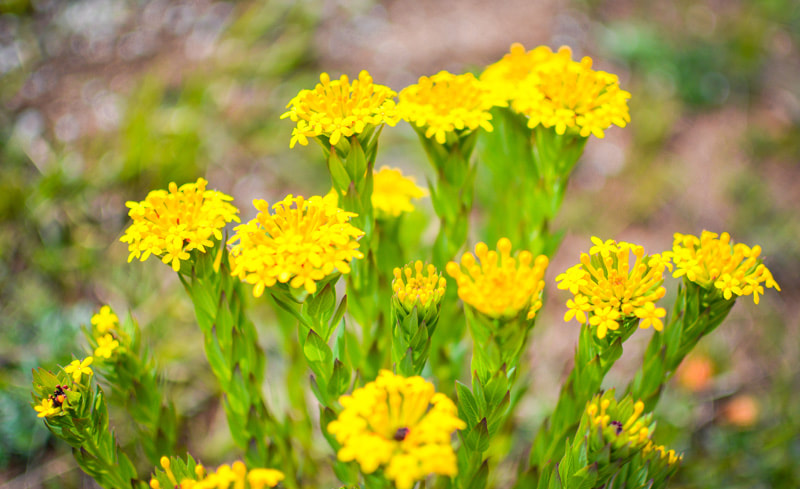
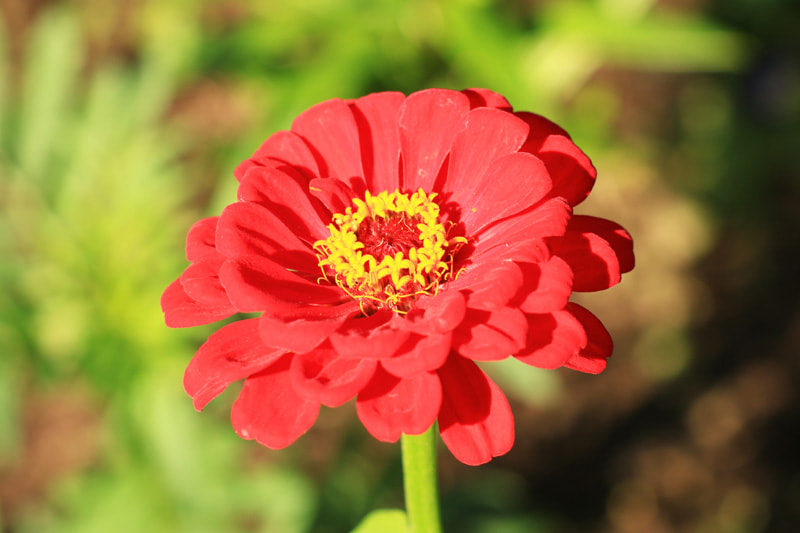
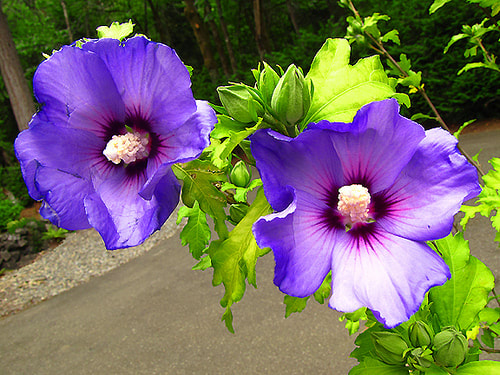
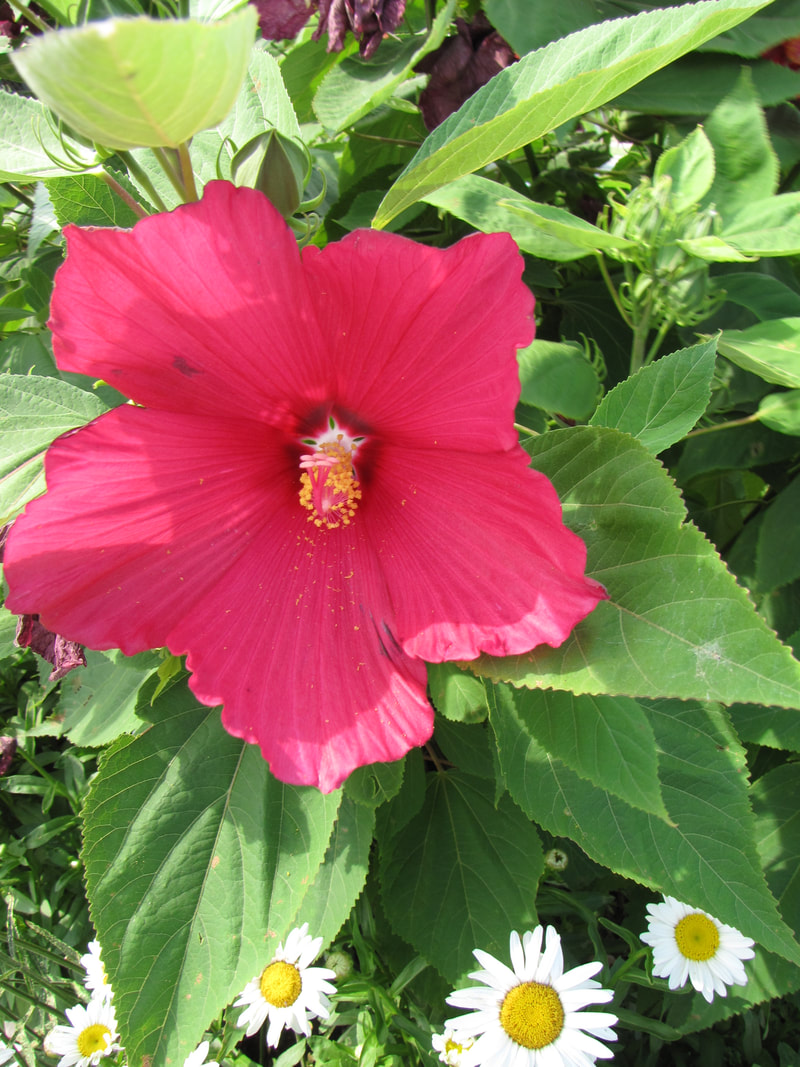
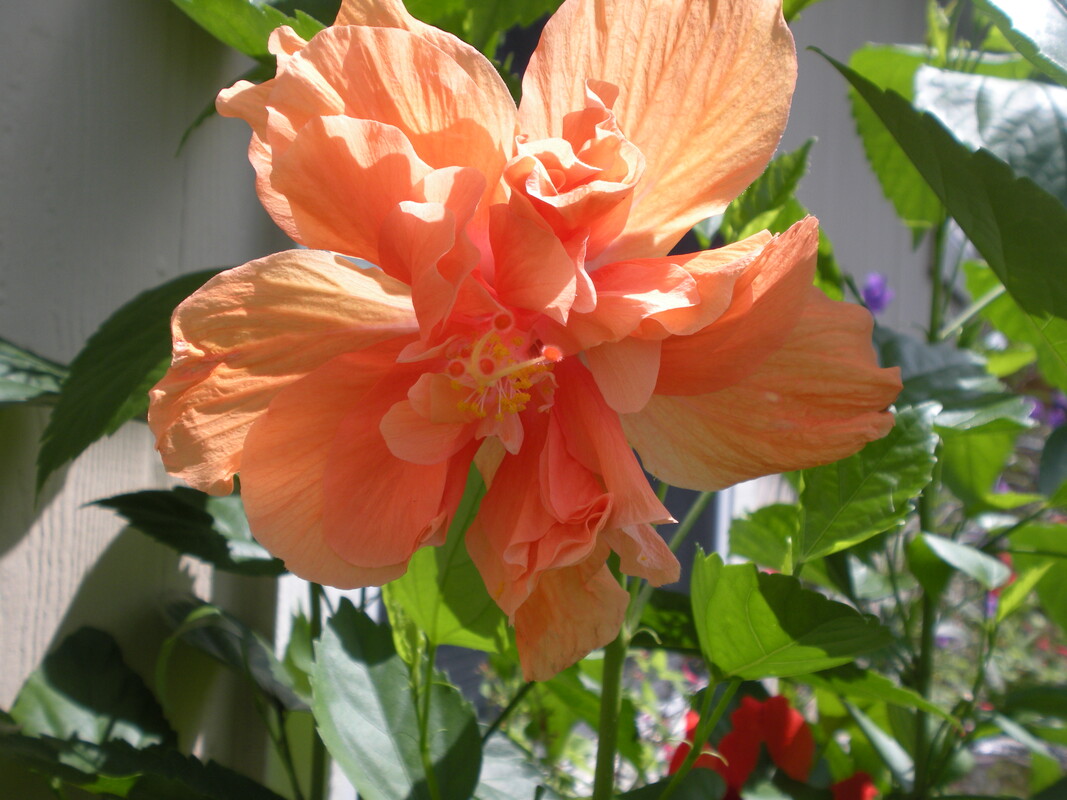
 RSS Feed
RSS Feed